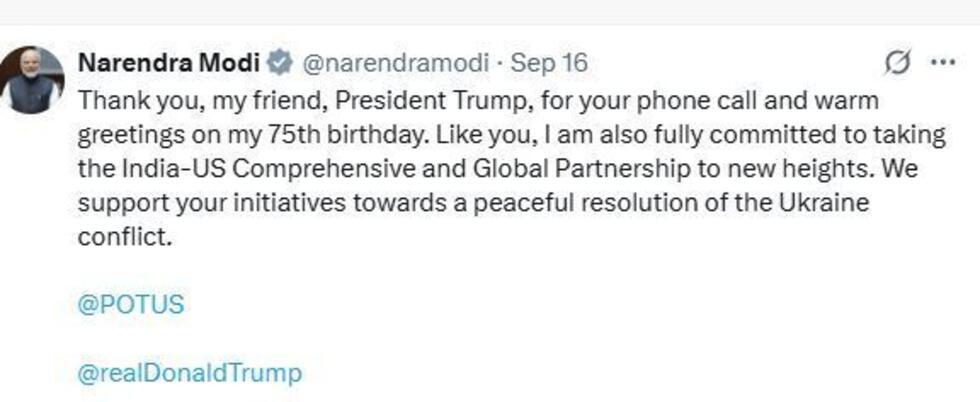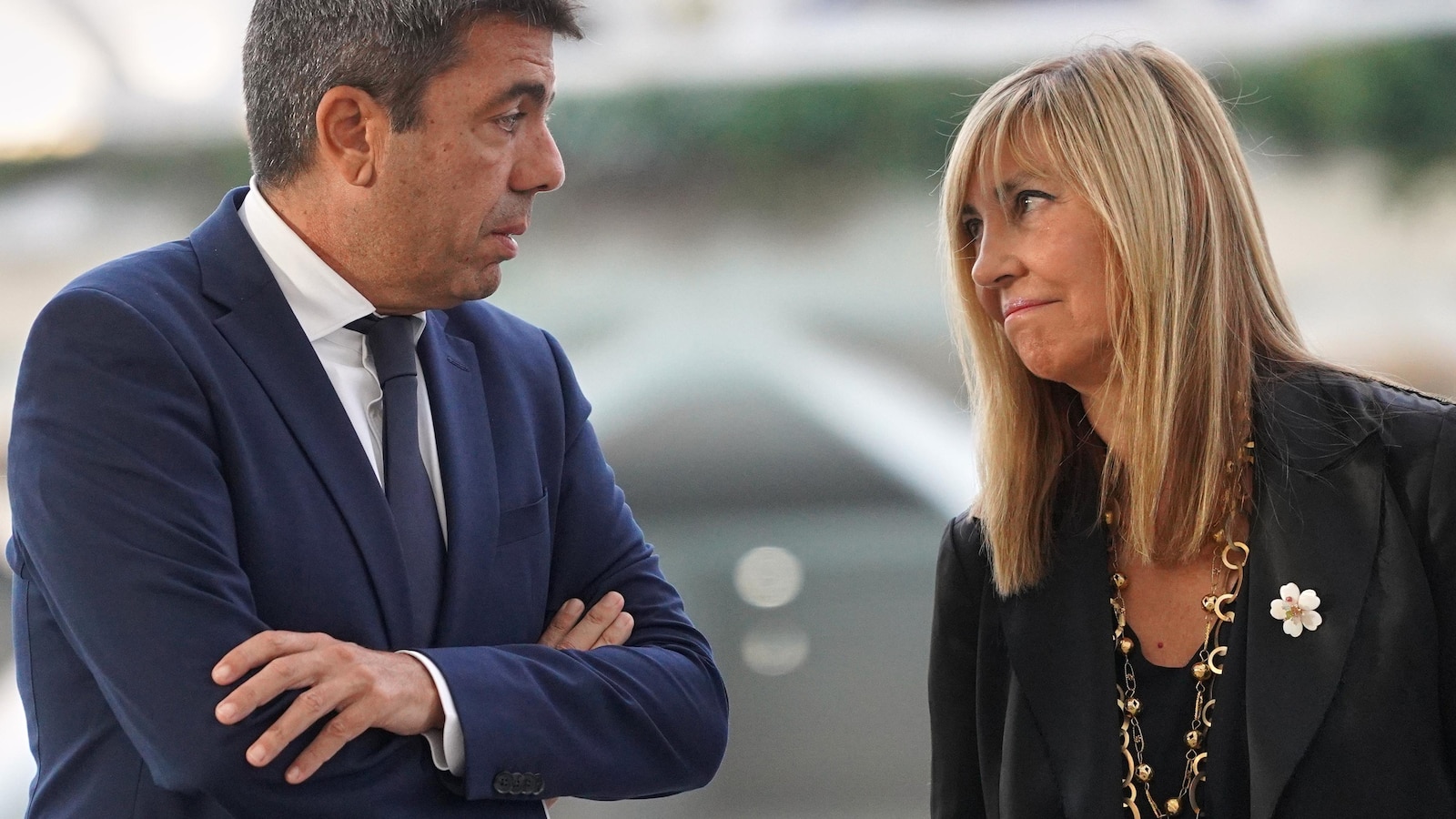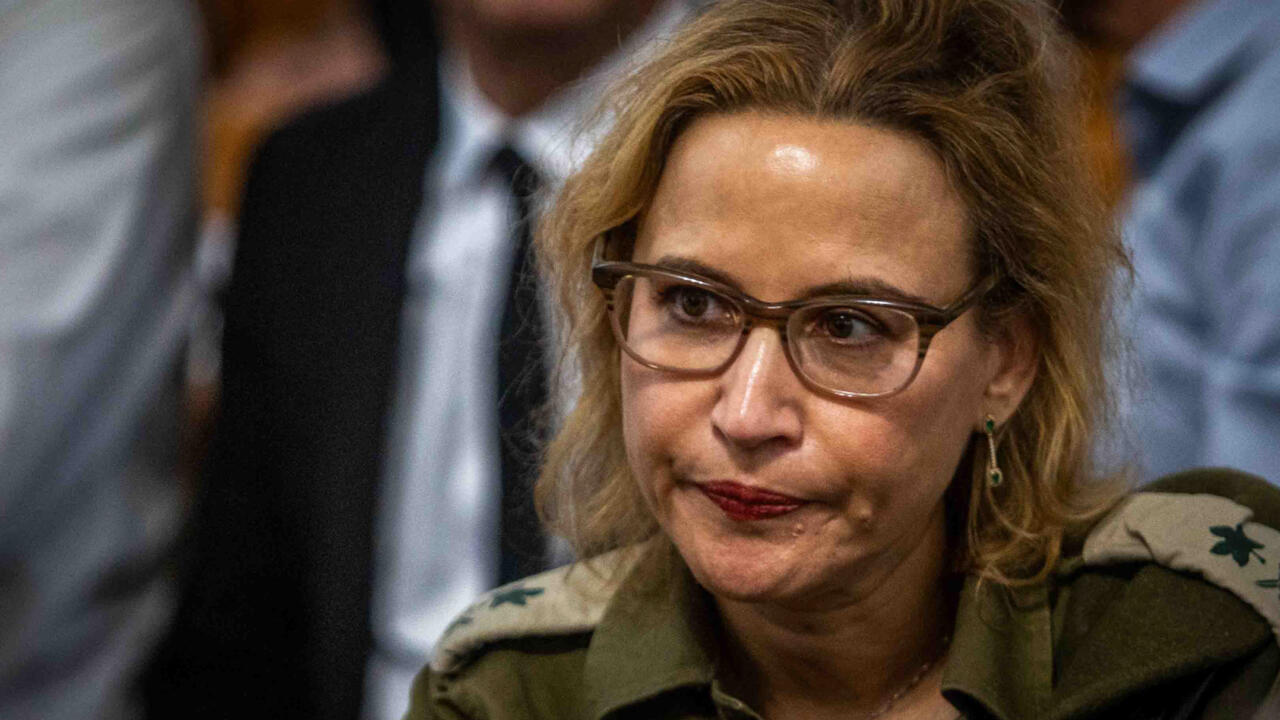Among the many world leaders who called India’s veteran Prime Minister Narendra Modi to wish him a happy birthday on September 17 was one unexpected well-wisher: US President Donald Trump. Modi was celebrating his 75th birthday, the last 11 of which he has spent as the leader of the world's largest democracy.
A few hours later, Modi posted on X to thank Trump, his “friend”, saying he was “fully committed” to the India-US partnership and pledging his support for the US president's “initiatives towards a peaceful resolution of the Ukraine conflict”.

This phone call was noteworthy, coming the day after the resumption of trade negotiations between India and the US following weeks of frosty relations. Although Trump and Modi have long seemed to get along famously when they meet in person, what Trump once called the “special relationship” between the two countries is going through a rough patch.
Modi took exception to the punitive 25 percent tariffs imposed by Trump on goods from India in July, intended to rebalance a trade deficit with India estimated at over $45 billion. It must be said that between Trump’s first election to the White House in 2016 and his return to the Oval Office in 2025, India saw its exports to the United States almost double from $46 billion to $87 billion.
Tensions flared after weeks of fruitless bilateral trade discussions, during which the two leaders traded barbs via social media posts. After Trump sarcastically called India a “dead economy”, Modi declined to respond to four phone calls from the US president.
The spat descended into in a full-blown trade war. Among the areas of disagreement were Washington's rapprochement with Islamabad, which New Delhi considered provocative, and Trump's desire to isolate Russian President Vladimir Putin, with India refusing to stop importing Russian oil and weapons.
Read moreTrump hikes India’s tariffs by 25% for buying Russian oil, bringing total to 50%
Trump escalated the trade war in early August, announcing additional tariffs of 25 percent on Indian goods, bringing the total tax to 50 percent on certain products such as jewelry, shrimp, and clothing.
Trump and his advisors don't understand India
Despite the risk of losing hundreds of thousands of jobs in sectors that are strategic for the Indian economy, Modi has refused to back down.
A bit provocatively, Modi showed that he has cards to play on the international stage, appearing to be all smiles alongside Putin and Chinese President Xi Jinping at a summit of the Shanghai Cooperation Organization in Tianjin, China, on September 1.
This was a blow to US diplomacy, which had been banking on economic and geopolitical cooperation with India as a way to counter China, which India has distrusted for millennia.
Trump and his advisors are showing that they “haven’t quite understood India”, said economist Santosh Mehrotra, visiting professor at the University of Bath’s Centre for Development in the UK.
They have misjudged Modi, “a man of great ego” – as big an ego as Trump’s, Mehrotra said.
It will be difficult to repair the damage from the trade standoff, Mehrotra said, with both the US and India negatively impacted.
"The relationship is hardly likely to go back to where it was during Trump's first term," he added.
Is Modi snubbing Trump amid tariff spat?
To display this content from YouTube, you must enable advertisement tracking and audience measurement.
One of your browser extensions seems to be blocking the video player from loading. To watch this content, you may need to disable it on this site.

12:46
India meanwhile is looking to increase trade ties with the European Union.
"We want to make a deal with India this year," European Commission President Ursula von der Leyen said on Thursday at a conference with German business leaders, adding that Modi had assured her of his commitment to this goal in a phone call on Wednesday.
Mehrotra notes that India is neither a member of NATO nor protected by the US nuclear umbrella, so less susceptible to geopolitical bullying.
Since gaining independence in 1947, India has cultivated its status as a non-aligned power, sometimes at the cost of isolating itself on the international stage.
However, Mehrotra believes that Modi will be willing to negotiate with Trump as long as the US respects the three red lines clearly defined by New Delhi: That India’s purchases of oil are not restricted by US sanctions; that New Delhi maintains its “multipolar” world outlook resistant to “a hegemonic USA”, and, that the country would continue to protect its agricultural sector.
Indian agriculture, a sticking point in negotiations
This third issue is especially contentious. Trump has made the reduction of US tariffs conditional on the opening of the Indian market to US agricultural products – but New Delhi has long used protectionist means to shield its vital farming sector, which employs 40 percent of the country’s workforce.
“If Narendra Modi touches farmers, he is guaranteed a popular uprising,” Mehrotra said.
Time is running out. The 50 percent tariffs, which came into effect on August 27, penalise both India and the US, notably raising prices for US consumers of Indian goods.
New Delhi is prepared to lower tariffs on less sensitive sectors, but there will be no deal unless Washington gives some ground, argued Ajay Srivastava, former trade negotiator for India at the WTO.
"Without dropping those tariffs, negotiations are meaningless” says Srivastava.
Srivastava also said that India’s apparent rapprochement with Beijing must be put into perspective.
“We also have to think about the post-Trump era: China remains a purely transactional partner, there is no emotional bond,” – unlike with the West, he said.
India, the world’s most populous country, does not want be “too close to either Trump or Xi Jinping", Srivastava said.
By refusing to give in to punitive tariffs and US demands, Modi has perhaps managed to turn the tables on Trump. Now it is Washington's negotiators who have flown to New Delhi, proof that India's firm stance can carry as much weight as the flattery lavished upon Trump by other governments.
This article has been adapted from the original in French.











 English (US) ·
English (US) ·